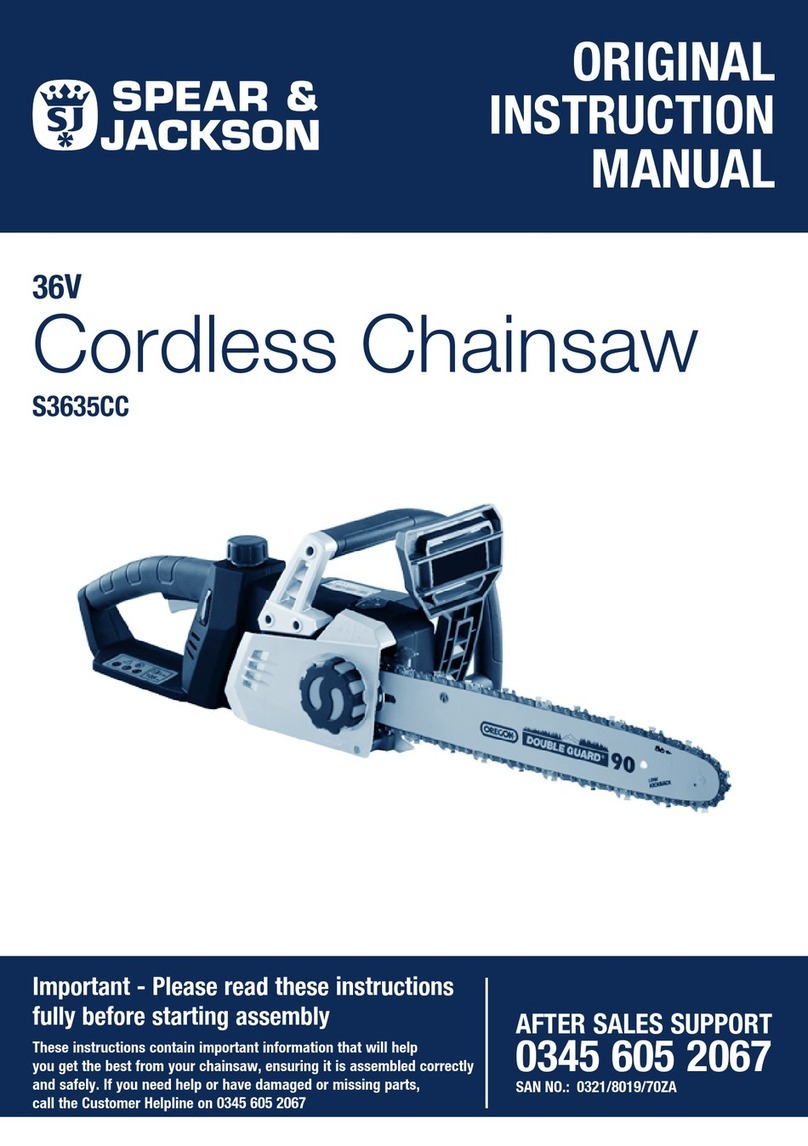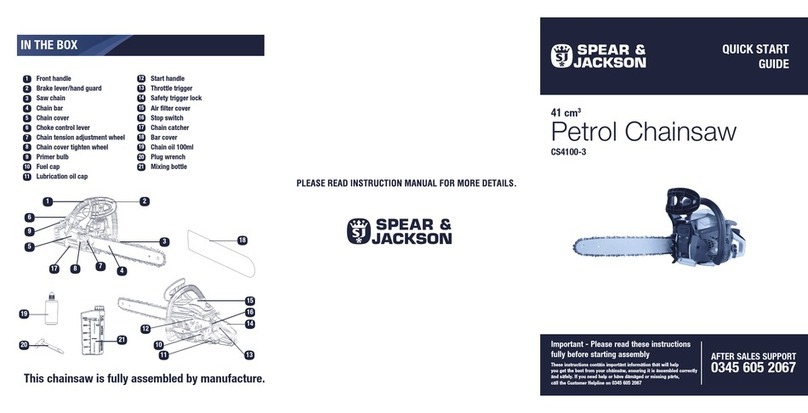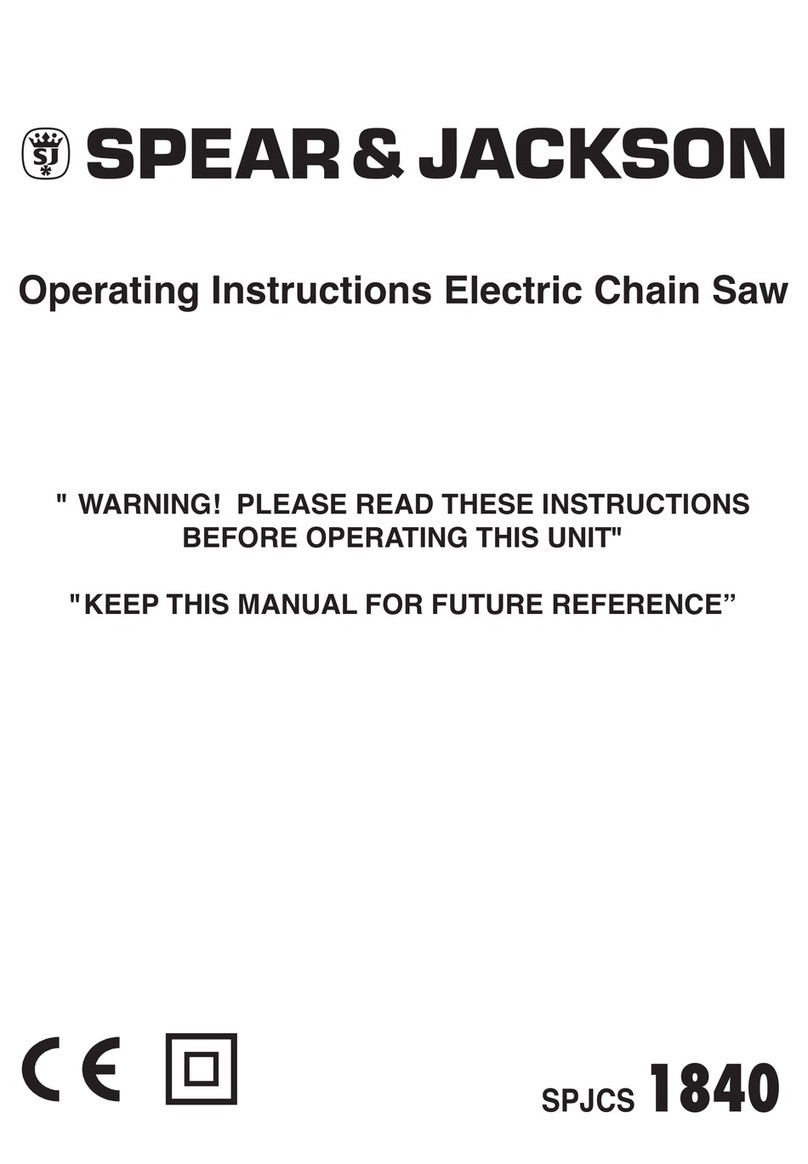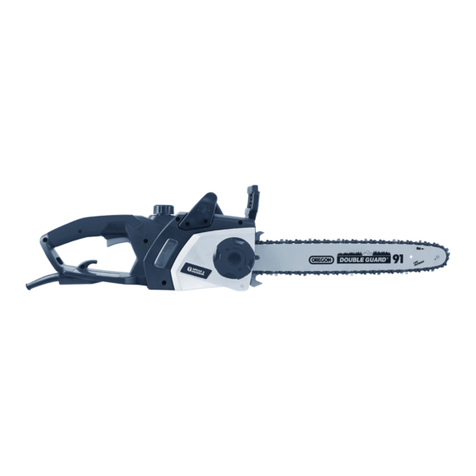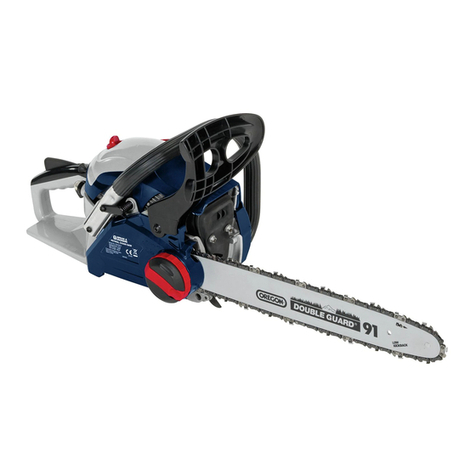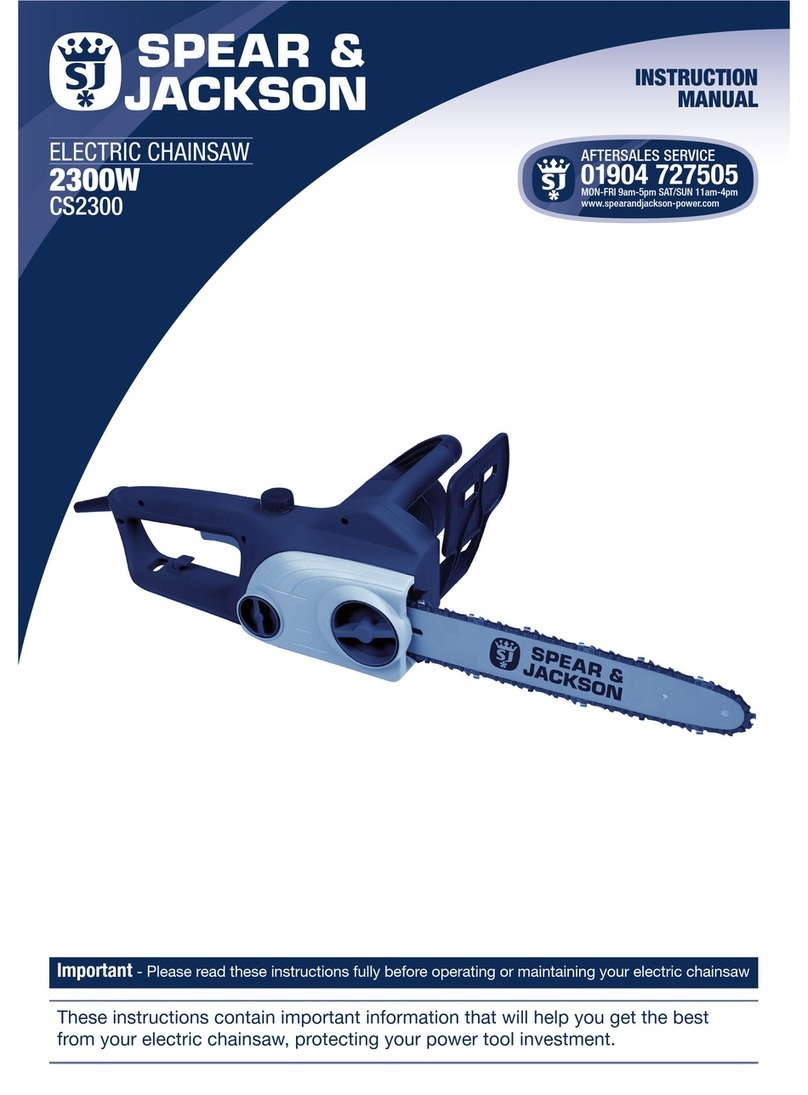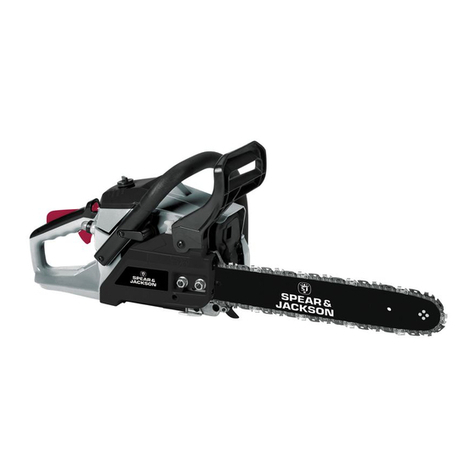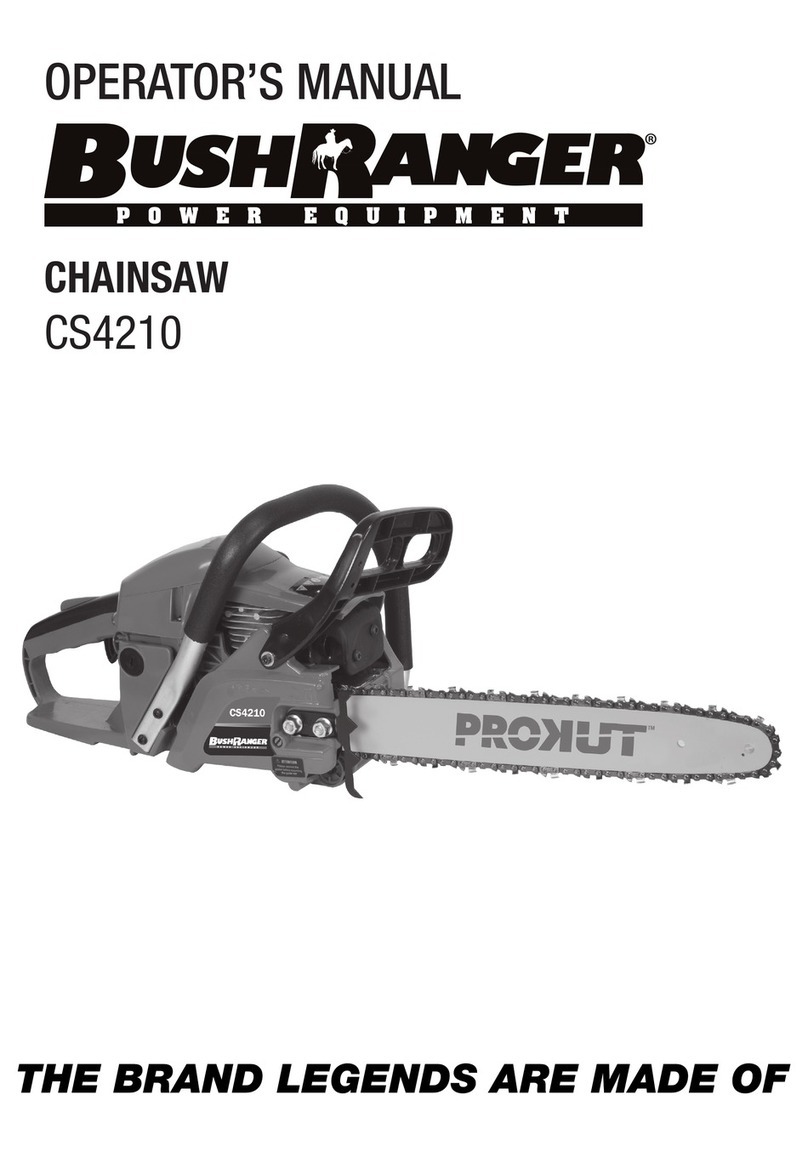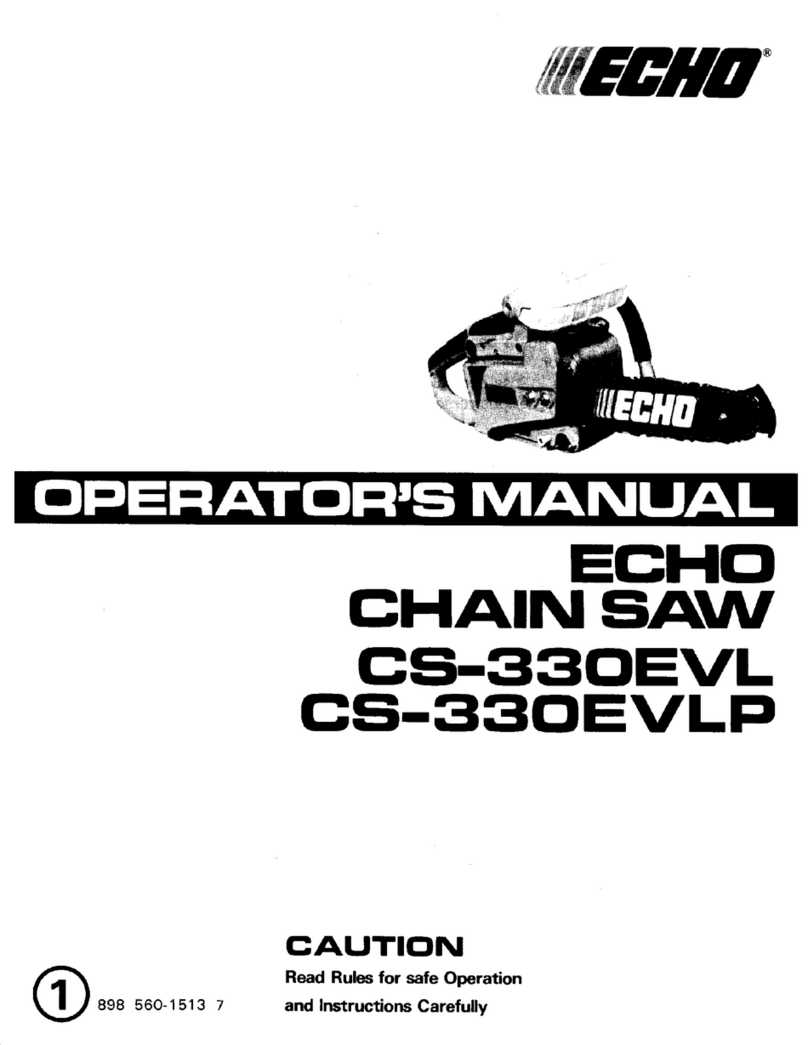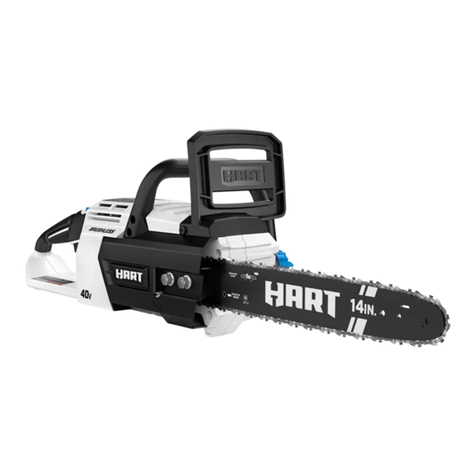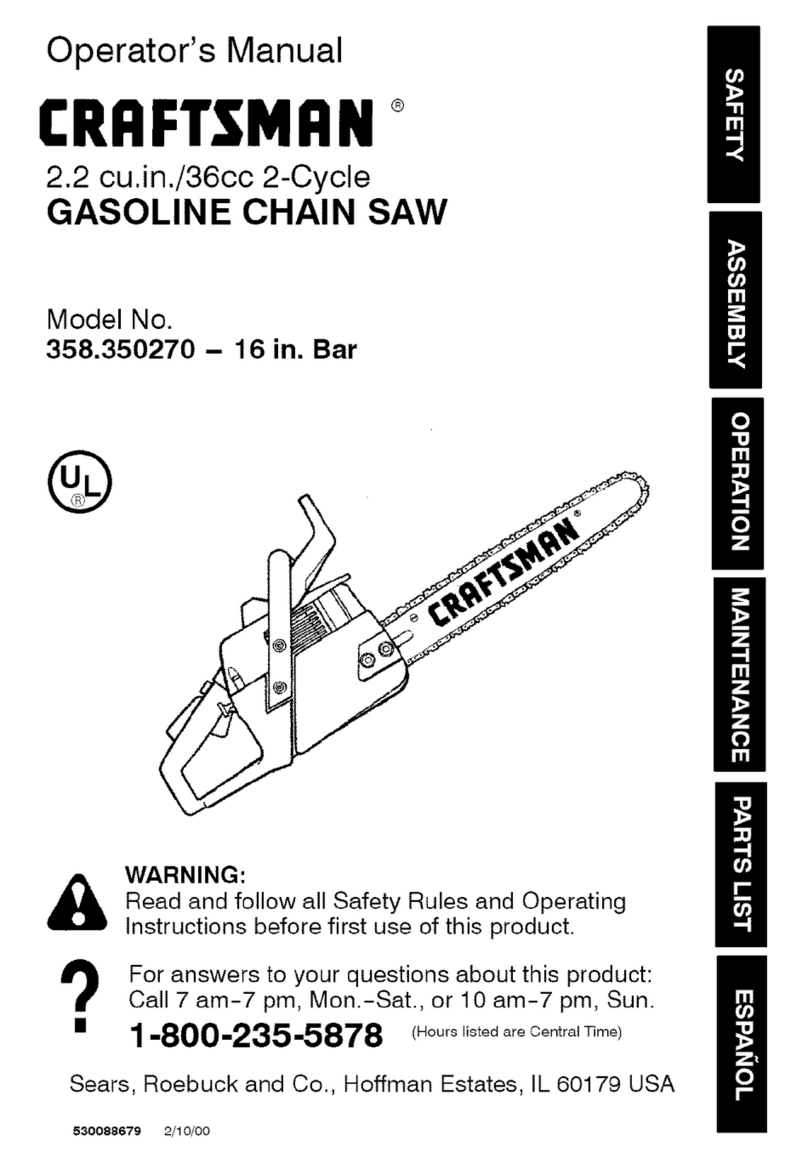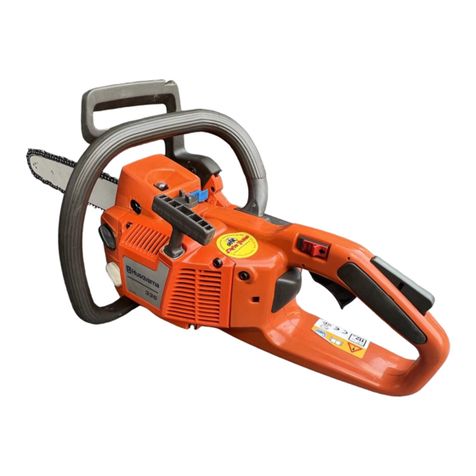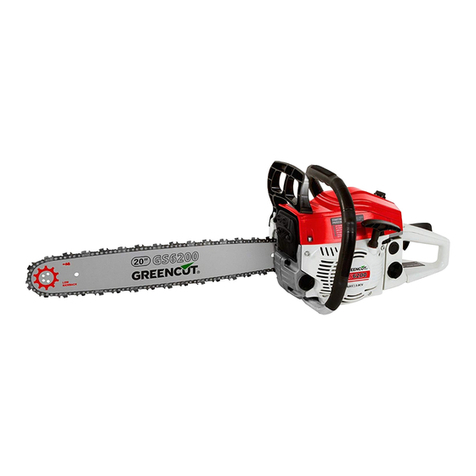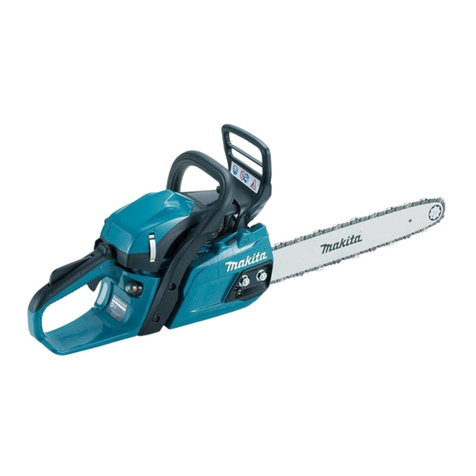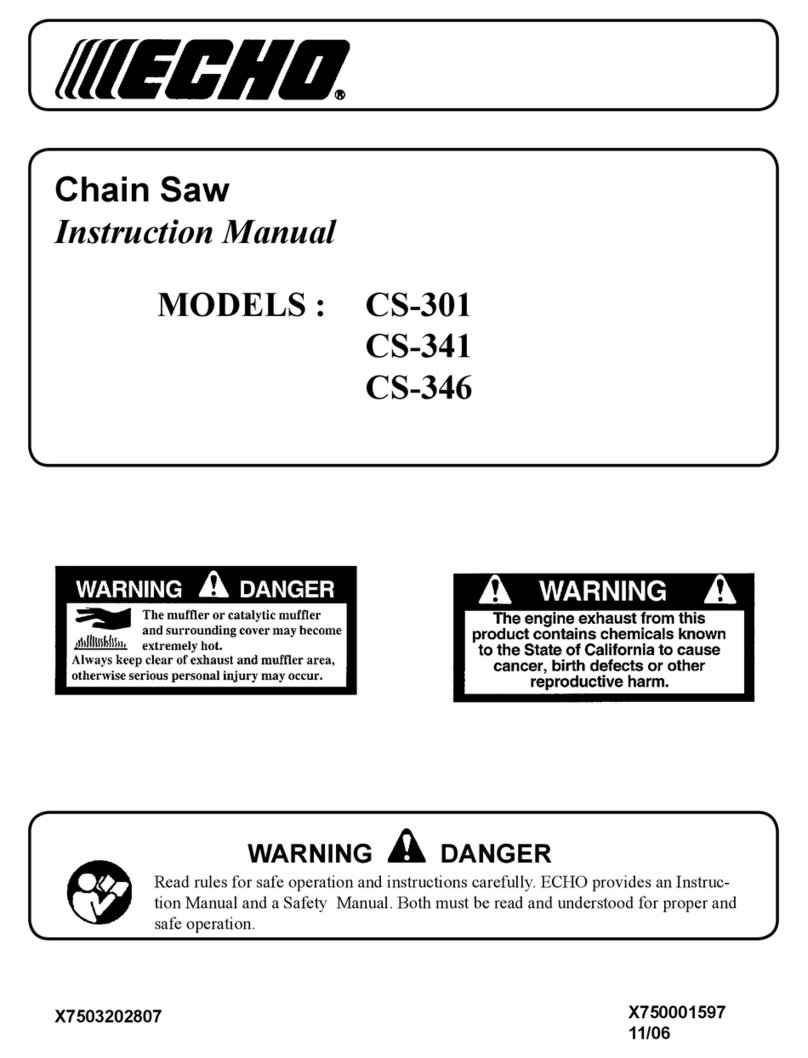
AFTER SALES SUPPORT 0345 605 2070 3
SAFETY INFORMATION.........................................................................................................4
Description of symbols.....................................................................................4
General Power Tool Safety Warning..................................................................5
Work Safety.......................................................................................................5
Electrical Safety.................................................................................................5
Personal Safety.................................................................................................6
Power Tool Use and Care.................................................................................8
Intended use.....................................................................................................9
Residual risks...................................................................................................9
IN THE BOX.....................................................................................................................11
Parts list...........................................................................................................11
ASSEMBLE & PREPARE...............................................................................................12
PREPARE.............................................................................................................................12
Oil filling..........................................................................................................12
Remove the bar sheath...................................................................................12
Check the chain tension..................................................................................12
Settle the power cord......................................................................................13
Connect to the power source..........................................................................13
Locate the chain brake . ................................................................................13
Check the oil passes.......................................................................................14
OPERATE.........................................................................................................................14
Hold the machine............................................................................................15
Switch On/Off...................................................................................................16
Start cutting ...................................................................................................16
Disconnect the power source.........................................................................18
Limbing...........................................................................................................20
Bucking...........................................................................................................20
Bucking using a sawhorse..............................................................................21
Maintenance ....................................................................................................................23
Adjust the chain tension.................................................................................23
Cleaning saw body ........................................................................................24
Care of the chain.............................................................................................24
Care of guide bar.............................................................................................25
Flip the bar......................................................................................................25
Storing............................................................................................................26
TECHNICAL DATA................................................................................................................27
Environmental protection..................................................................................................27
TROUBLESHOOTING............................................................................................................28
WARRANTY..........................................................................................................................29
CONTENTS
